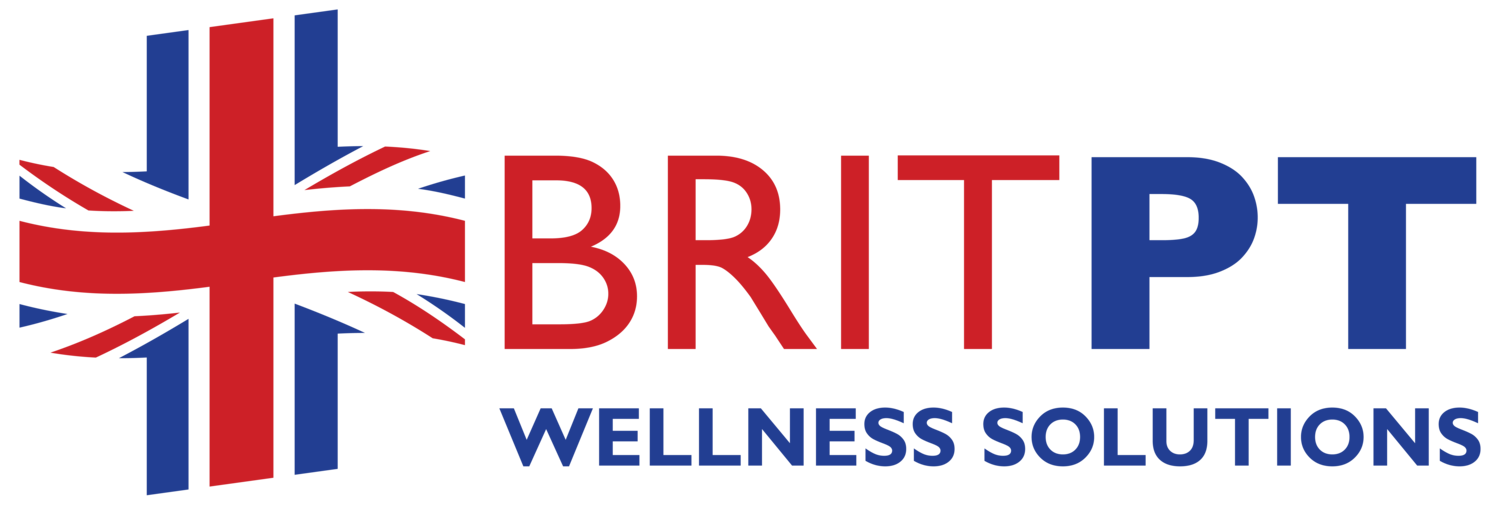Considering Dry Needling?
Dry needling first came to NC in 2010. I could never have predicted back then the impact that adopting this progressive mode of treatment would have on my clinic, and how much it would benefit me personally. My philosophies and evaluations are much the same, but the speed and efficiency of results is improved by 30-50%, translating to a direct savings in time and money for my patients. That’s what really counts.
I completed my certification in dry needling over the course of 18 months. It was a physically and mentally grueling endeavor, as it should be. The coursework was based almost entirely in musculoskeletal and neuroanatomy and physiology. It has saddened me to see the standards change in NC, as now therapists (even right out of PT school) can needle the public with just 2 weekends training .
Dry needling allows us ACCESS to areas deep in the muscle which cannot be treated by any other manual therapy applied to the surface, no matter how much pressure is used. Simply put, it traverses layers of tissue and can travel right to the root of the issue. This is a huge benefit to those clients with multiple level spinal fusions who continue to have pain. We have often been able to help with that issue.
Of course the trade off with the depth of treatment is that there is some discomfort with the procedure which varies widely in different muscle groups and between patients. The needle is the great equalizer, everyone feels it to some degree. However this modality works very fast and despite the discomfort, patients come back surprised and pleased at the rapid change in symptoms as well as improvement in their function and performance.
HOW DOES IT FEEL?
The needle itself is a solid filament, sterile needle which is only 0.25mm wide and totally flexible. The width of a human hair. Sometimes you feel the needle go in, mostly patients do not. What you feel from there is the needle interrupting and ultimately breaking the trigger points., it gives a little “zing” and a twitch as it breaks. A trigger point can be thought of as a knot within the muscle structure, making it short and tight, obstructing local blood flow by up to 80% and causing pain.We glide the needle in and gentle move it to break the trigger points and free up the blood flow through the muscle. After some needling a muscle will feel full and heavy, sometimes it even feels as though it is throbbing, this is due to the rapid uptick in available blood flow through the muscle. It brings all those nutrients you need to heal as well as oxygen and flushes out the metabolites that create acidic irritation.
To maximize the effect of the needling session and speed recovery from the session we recommend heat. Soaking in a bathtub is a wonderful strategy, however any heat pack plugged in or popped in a microwave will work perfectly well. The more heat you use on the day of treatment, the less soreness will remain the next.
Please contact us at frontdesk@britpt.com with any questions or concerns,
In Health and Harmony,
Lorraine

